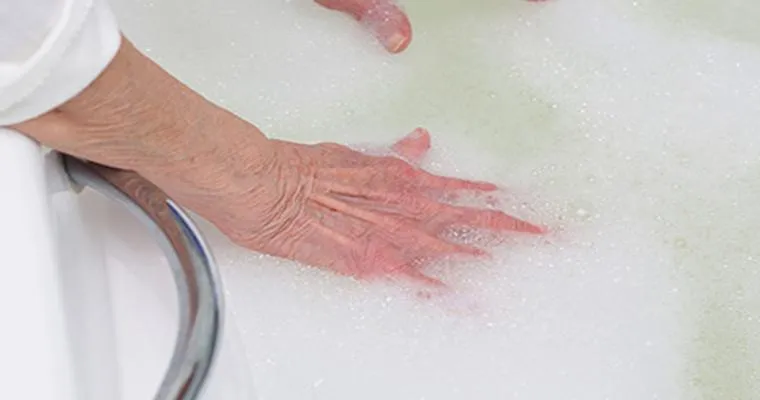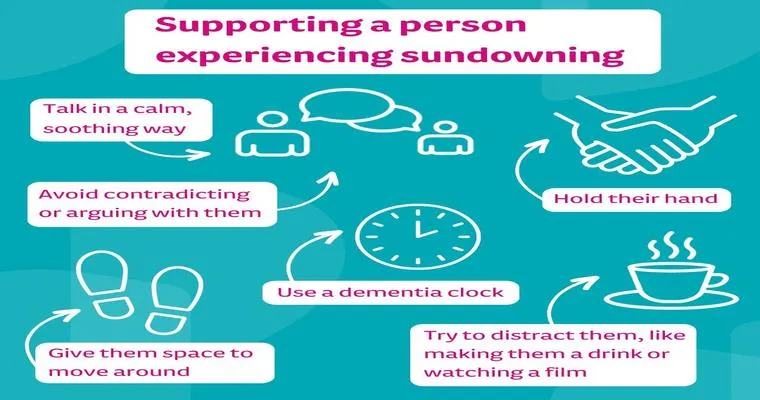Bathing a loved one with "dementia" can be a challenging task for caregivers. Individuals with dementia often experience confusion, anxiety, and a decreased sense of personal hygiene, making the bathing process a potential source of stress for both the caregiver and the patient. Understanding the unique needs of those with dementia is essential to providing compassionate care. This guide offers practical strategies and tips to make the bathing experience more comfortable and effective for everyone involved.
Understanding the Challenges
Dementia can affect a person's ability to communicate and understand instructions, making it difficult to convey the importance of "personal hygiene". Additionally, changes in mood, behavior, and sensory perceptions can lead to resistance during bathing. Caregivers may encounter various reactions, from fear of water to agitation at the thought of being undressed.
Creating a Comfortable Environment
A calm and soothing environment is crucial for a positive bathing experience. Here are some tips to create a comfortable atmosphere:
"Temperature": Ensure the bathroom is warm and inviting. Cold environments can increase discomfort and anxiety.
"Familiarity": Use familiar items such as favorite towels or bath products. This can help ease anxiety and create a sense of security.
"Lighting": Soft, natural lighting can create a relaxed atmosphere. Avoid harsh fluorescent lights that may be disorienting.
Techniques for Bathing
When it comes to bathing individuals with dementia, patience and flexibility are key. Here are some techniques to consider:
"Routine": Establish a consistent bathing routine. Familiarity can help reduce anxiety and resistance.
"Involvement": Allow the individual to participate in the process as much as possible. This could include choosing their towel or selecting a favorite soap.
"Gentle Approach": Use a calm and gentle approach. Speak softly and provide reassurance throughout the process to alleviate any fears.
"Alternative Methods": If traditional bathing is too overwhelming, consider sponge baths or using a shower chair. These alternatives can be less stressful and easier to manage.
Communication is Key
Effective communication is vital when bathing someone with dementia. Use simple, clear language and avoid overwhelming them with too many instructions at once. Non-verbal cues, such as gentle touch and facial expressions, can also help convey comfort and security.
Safety Considerations
Safety should always be a top priority when bathing someone with dementia. Here are some important considerations:
"Non-slip mats": Place non-slip mats in and around the bath or shower to prevent slips and falls.
"Grab bars": Install grab bars for added support and stability.
"Supervision": Never leave the person unattended during bathing, as individuals with dementia may be at risk of injury.
Conclusion
Bathing someone with "dementia" can be a daunting challenge, but with the right strategies and a compassionate approach, caregivers can create a positive experience. By understanding the unique needs of those with dementia, establishing a comfortable environment, and employing effective communication techniques, caregivers can help maintain personal hygiene while ensuring the dignity and comfort of their loved ones. Remember, patience and empathy are your best tools in navigating the complexities of dementia care.





